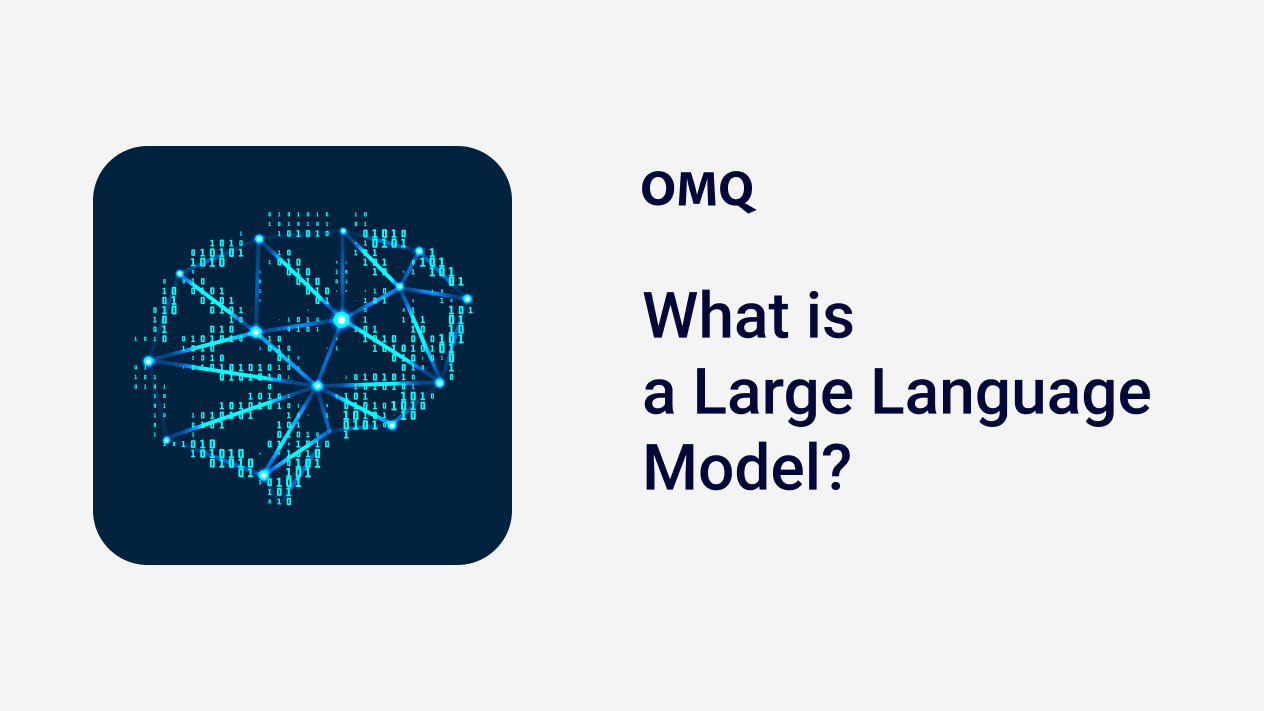Artificial Intelligence
What is a Language Model?
Discover what a language model is, how it works, and its applications in modern technology. Explore the challenges and future prospects of this fascinating technology.

In today’s digital world, language models have become an essential component of technology. But what exactly does the term “language model” mean?
This article provides a comprehensive answer by examining the definition, functioning, types, and applications of language models.
What is a Language Model?
A language model is essentially a mathematical framework designed to predict the sequence of elements in a text—be it letters or words. These models are central to computational linguistics and find applications in areas such as text generation, machine translation, and speech recognition.

Simplified functioning of a language model.
They function as probability distributions over word sequences, enabling them to estimate the likelihood of certain word arrangements.
Types of Language Models
Language models come in various forms, each employing different mechanisms:
- Stochastic Language Models: These treat words as random variables in a sequence and often rely on Markov assumptions, considering only a limited number of preceding elements.
- Neural Language Models: Utilizing artificial neural networks, these models compute probabilities and estimate parameters like weights instead of direct probabilities.
- Large Language Models (LLMs): Models such as GPT (Generative Pre-trained Transformer) and BERT (Bidirectional Encoder Representations from Transformers) can understand and generate complex texts, leveraging billions of parameters.
What Are Transformer Models?
Transformer models represent a type of neural network specifically designed for processing sequence data. Introduced in the groundbreaking 2017 paper “Attention is All You Need,” they differ from traditional recurrent neural networks (RNNs) by employing self-attention mechanisms and feedforward networks for more efficient operations.
How Do Transformer Models Work?
The functioning of transformer models hinges on two key components: self-attention and feedforward layers:
- Self-Attention: This mechanism allows the model to discern relationships between different positions in an input sequence. Each word in a sentence can evaluate its connection to others.
- Feedforward Layers: After self-attention is applied, the output passes through multiple layers of a feedforward network, operating independently at each position.
- Encoder-Decoder Structure: Transformers feature an encoder that processes input sequences and a decoder that generates output sequences. This structure is particularly useful for tasks such as machine translation.

Transformer model.
Applications of Language Models
Language models significantly enhance human-computer interaction, enabling tasks like text comprehension, speech recognition, and text generation. Common applications include:
- Customer Service Chatbots: Automating responses to customer inquiries with high efficiency.
- Translation Tools: Bridging language gaps through accurate translations.
- Text Generation Applications: From creative writing assistants to automated report generation.
Conclusion
Language models have become indispensable tools in modern technology. While they offer extensive applications, they also face hurdles related to accuracy and security. With ongoing advancements, they promise an exciting future filled with innovative possibilities for natural language processing.

